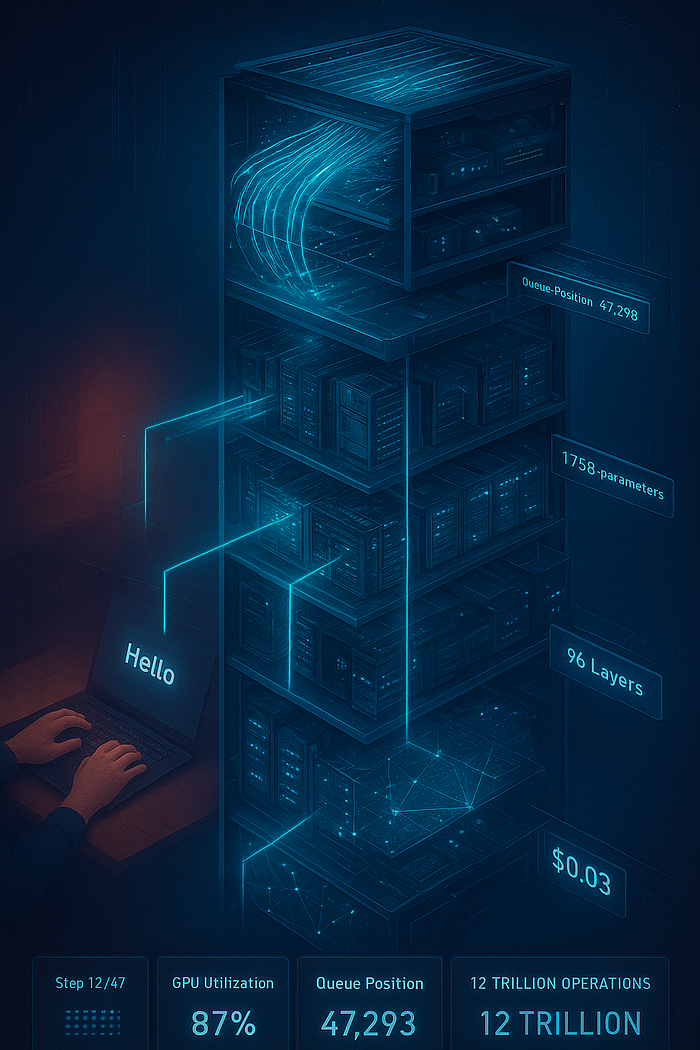Introduction to Dynamic Application Security Testing (DAST)
In modern software development, speed and security must go hand in hand. Teams are shipping code faster than ever, but such a rapid pace can introduce security vulnerabilities if not managed correctly. Dynamic Application Security Testing (DAST) is an important practice for finding security flaws in running applications. However, manual DAST scans can be slow and cumbersome, creating bottlenecks that undermine the very agility they are meant to support.
The Problem with Manual DAST
Traditionally, DAST scans were performed late in the development cycle, often by a separate security team. This approach is no longer sustainable for fast-growing tech companies. Manual DAST introduces several significant challenges:
- Slow feedback loops: When scans are run manually, developers may not receive feedback on vulnerabilities for days or even weeks. By then, the code has moved on, making fixes more complex and costly to implement.
- Scalability issues: As an organisation grows and the number of applications and services multiplies, manually managing DAST scans becomes nearly impossible. It doesn’t scale with the pace of cloud-native development.
- Inconsistent coverage: Manual processes are prone to human error. Scans might be forgotten, configured incorrectly, or not run against all relevant environments, leading to gaps in security coverage.
- Developer disruption: Tossing a long list of vulnerabilities over the wall to developers disrupts their workflow. It forces them to switch context from current tasks to fix problems in older code, killing productivity.
Why Automate DAST? The Core Benefits
Automating DAST transforms it from a late-stage gatekeeper into an integrated part of the development lifecycle. The benefits are immediate and impactful.
- Efficiency and speed: By integrating DAST scans into the CI/CD pipeline, tests run automatically with every code commit or deployment. This provides developers with instant feedback on the security implications of their changes.
- Improved security and coverage: Automation ensures that security testing is consistent and comprehensive. You can configure automated scans to run against development, staging, and production environments, guaranteeing continuous coverage in your entire application landscape.
- Scalability for growing teams: For companies scaling from 50 to 500 developers, manual security processes break down. Automation is essential for managing security in hundreds of applications and microservices.
- Empowering developers: When DAST is automated in the pipeline, security becomes a natural part of the developer’s workflow. Results appear in the tools they already use, like GitHub or GitLab.
A Practical Guide to Implementing DAST Automation
Getting started with DAST automation doesn’t have to be complicated. Here are practical steps to integrate it into your CI/CD pipeline.
- Choose the right DAST tool: Look for solutions that are built for automation. Key features to consider include CI/CD integration, API-driven, fast scans, and low false positives.
- Integrate into your CI/CD pipeline: Once you have a tool, the next step is to integrate it. A common approach is to add a DAST scanning stage to your pipeline.
- Start small and iterate: You don’t need to automate everything at once. Begin with one or two important applications. Use this initial implementation to learn and fine-tune the process.
- Optimise scans for the pipeline: A full DAST scan can take hours, which is too long for a typical CI/CD pipeline. To avoid delays, optimise your scanning strategy by using incremental scans, targeted scans, or asynchronous scans.
The Future is Automated
In a world where software is constantly evolving, security must keep pace. Manual DAST scanning is a relic of a slower era of software development. It creates bottlenecks, lacks scalability, and places an unnecessary burden on engineering teams. By automating DAST and integrating it into the CI/CD pipeline, you transform security from a barrier into an enabler.
Conclusion
Automating DAST is no longer just a best practice – it’s a necessity. It allows your team to build and deploy secure software quickly and confidently. With the right tools and a well-planned approach, you can ensure that security and speed go hand in hand in your software development process.
FAQs
- What is DAST? Dynamic Application Security Testing (DAST) is a practice for finding security flaws in running applications.
- Why automate DAST? Automating DAST provides instant feedback on security implications, ensures consistent and comprehensive security testing, and scales with growing teams.
- How do I get started with DAST automation? Start by choosing the right DAST tool, integrating it into your CI/CD pipeline, and beginning with a small implementation to learn and fine-tune the process.
- What are the benefits of automating DAST? The benefits include efficiency and speed, improved security and coverage, scalability for growing teams, and empowering developers to own the security of their code.











